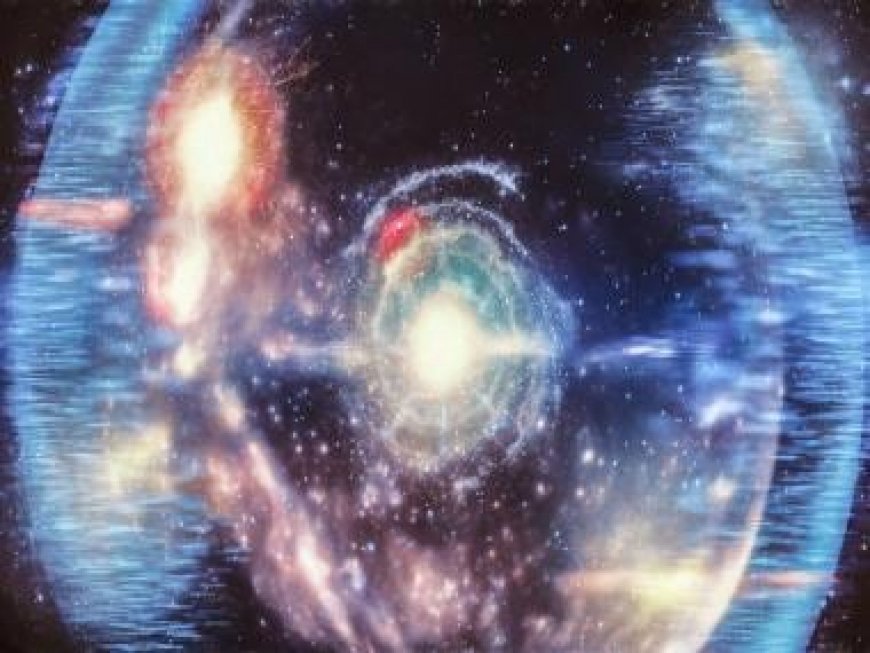Dark Big Bang theory: Scientists suspect two major blasts, not one, second one caused dark matter
Dark Big Bang theory: Scientists suspect two major blasts, not one, second one caused dark matter

In a paradigm-shifting hypothesis, cosmologists are considering the existence of a “Dark Big Bang” as an alternative to the traditional single Big Bang theory that gave birth to the universe billions of years ago.
This speculative event, believed to have occurred shortly after the conventional Big Bang, is gaining attention as a potential explanation for the pervasive presence of dark matter in the cosmos.
A form of matter, dark matter is one the most intriguing aspects of our universe that does not interact with light or electromagnetic fields, constitutes approximately 27 per cent of the known universe, and yet is one of the most baffling naturally occurring phenomena.
Physics, as we know it today, faces numerous challenges in explaining the movements of galaxy clusters, leading astronomers to propose the existence of unseen matter to reconcile mathematical inconsistencies.
Recent observations of the early universe, occurring mere millions of years after the Big Bang, provide a unique vantage point for delving into this theoretical “dark” Big Bang. Cosmologists hope that scrutinizing these early moments could illuminate the mysteries surrounding dark matter, a puzzle that has intrigued astronomers for nearly half a century.
A paper by Katherine Freese and her colleagues, yet to undergo peer review, posits the occurrence of a Dark Big Bang within the universe’s first month. This event, distinct from the initial explosive birth of the cosmos, could have spawned various types of dark matter, including colossal “darkzillas” — particles boasting a mass 10 trillion times that of a single proton.
The researchers propose that a gradual Dark Big Bang could yield lighter “dark cannibal” particles, engaging in a process of absorption during collisions. Analogous to one of the leading dark matter candidates known as “weakly interacting massive particles” (WIMPs), these particles have long been posited by astronomers to bridge gaps in the Standard Model.
Freese anticipates that studying gravitational waves emanating from the universe’s gravitational wave background could offer valuable insights into the Dark Big Bang theory. This research aligns with a broader shift in the astronomy community’s perspective, moving away from a singular universe-creating event to considering multiple phase transitions that gradually brought various forms of matter, including dark matter, into existence.
Scientists, employing techniques such as measuring disturbances in signals from highly magnetized neutron stars called pulsars, aim to trace the origin of gravitational waves. By studying the earliest moments of the universe through these ripples in space-time, they hope to inch closer to solving the mystery surrounding the existence of dark matter, contemplating whether “darkzillas” or “dark cannibals” contribute significantly to the cosmic landscape that surrounds us.
(With input from agencies)
What's Your Reaction?



























































